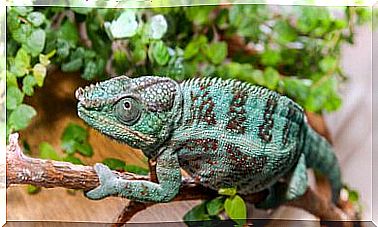Do Single-celled Parasites Exist?
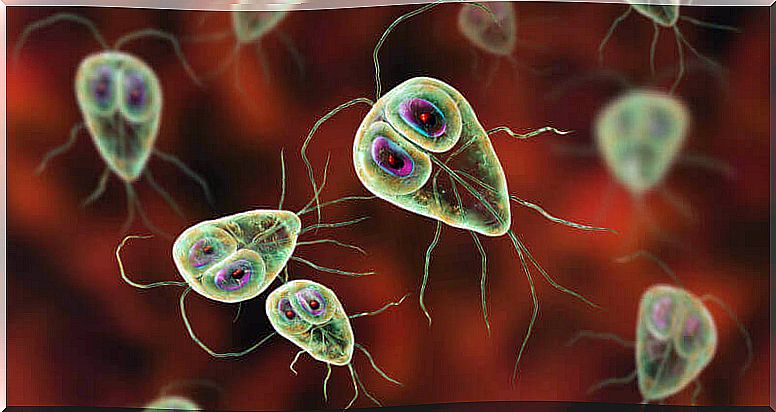
The concept of parasite is normally associated with fleas, lice or ticks, but the truth is that there are much smaller ones. So, are there single-celled parasites? Yes, and they are much more abundant than you think.
The kingdom of protozoa, unicellular parasites par excellence
Protozoa are microscopic organisms made up of a single cell and that, on countless occasions, enter organisms of a higher character to live on them, as parasites. The protozoa mentioned below are relatively common in domestic animals.
Leishmania
It is the unicellular parasite that causes leishmaniasis, whose transmission is by vectors –phlebotomes or blood-sucking mosquitoes– and affects mainly mammals and reptiles. These mosquitoes ingest the protozoa when feeding on an infected animal and transmit it to another, until then healthy, when feeding again.

There are different types of leishmaniasis: some affect the skin and mucous membranes, and others the viscera. In the visceral form, the spleen increases in size, which can aid in diagnosis.
Trypanosome
Trypanosoma brucei and T. cruzi are the parasites that cause trypanosomiasis or sleeping sickness, transmitted by the tsetse fly. This fly ingests the protozoan larva by feeding on an infected animal and transmits it to the next host. This larva enters the new organism through small wounds in the skin, and passes into the blood, until it is deposited in the heart muscle.
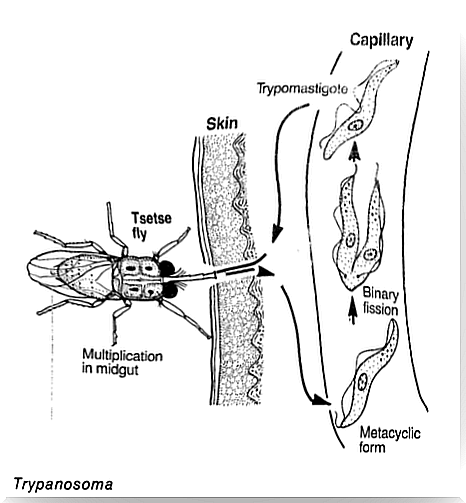
On the other hand, we have Trypanosoma evansi , which causes a disease called ‘surra’ in horses, camels, oxen and buffalo, and which causes generalized edema and extreme weight loss.
Giardia and Trichomonas , flagellated unicellular parasites
Most of these protozoa live as part of the intestinal flora of animals. Some are also found harmlessly in the urogenital tract of fish, or on their gills, usually in their cystic form.

But sometimes they act like parasites. This is the case of Giardia , the most common flagellated protozoan in mammals and birds, which is housed in its cells in the intestinal wall. Or Trichomonas, the other most common flagellate in pets.
Histomonas
Histomonas meleagridis affects poultry mainly. It is the unicellular parasite that causes histomoniasis, whose transmission is orally, in contact with the feces of an infected bird.
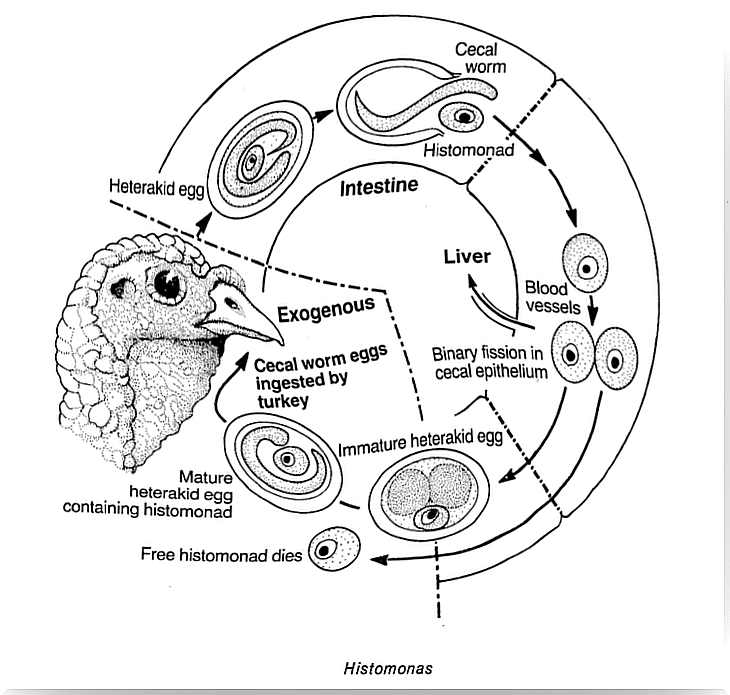
In the intestine of birds, the larval phase of the protozoan is released and invades the cells of the intestinal wall ; it can even reach the liver.
Amoebas
Amoebas are protozoa that can live both free and parasitic. In the second case, Entamoeba stands out , of direct oral transmission, by contact with the feces of the infected individual. In these feces are the forms of resistance –cysts– which, when ingested, are released in the intestine; they can even reach nearby organs.
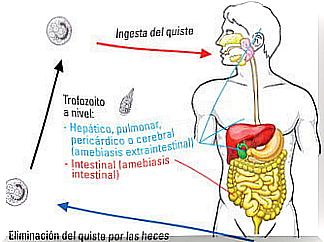
Myxozoa
They are single-celled parasites that have been found in many cold-blooded animals, but their life cycle is still largely unknown. It is known, however, that it is ingested with food or drinking water, and when it reaches the stomach it crosses the stomach wall to reach the bloodstream and, from there, colonize other tissues.

They cause serious diseases in fish, and it is that they affect fishing populations.
Ciliated unicellular parasites
Numerous species of ciliates are located in the digestive tract of domestic animals, most ingested with food or drinking water. Once inside the body, they are released in the intestine and there they multiply to be released with the feces.
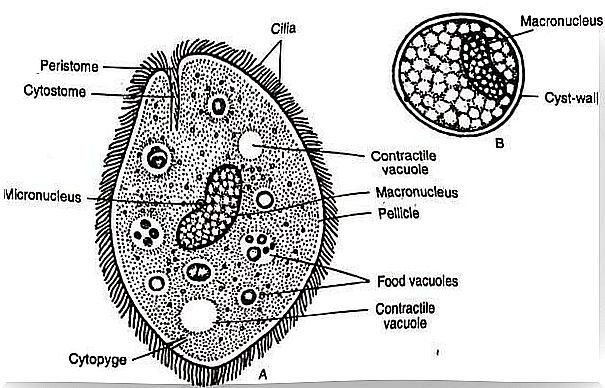
One of the most common species is Balantidium coli, detected in pigs, rodents, and primates.

